How the invention of the wheel impacted human history
The wheel is one of humanity’s oldest innovations, believed to have first been used around 3500 BCE in Mesopotamia. This simple yet revolutionary invention marked the beginning of a new chapter in human history.
Initially used for pottery, the wheel’s potential soon expanded, paving the way for significant developments in transportation and machinery. Its creation was not just a technological breakthrough but also a catalyst for societal transformation, influencing everything from trade to warfare.
The Dawn of a New Era: Early Human Innovations
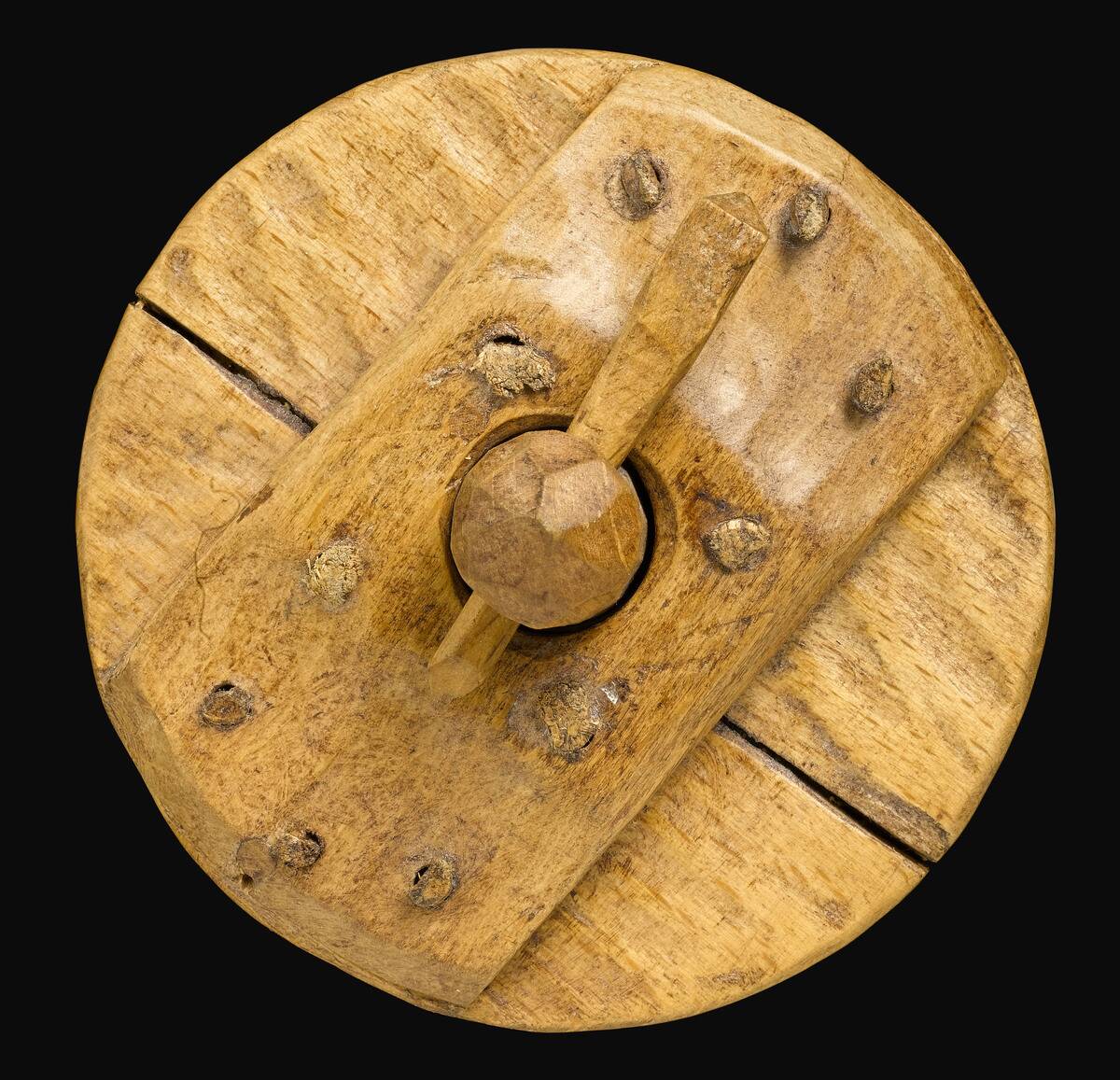
As early humans began to settle and form communities, the need for efficient tools became evident. Innovations like the wheelbarrow and the cart emerged, allowing for the easier movement of goods and materials.
These tools were crucial in the development of trade routes and agricultural practices, demonstrating the wheel’s versatility. The early adaptations of the wheel reflected human ingenuity and the desire to improve daily life, setting the stage for future advancements.
From Logs to Wheels: The Evolutionary Journey
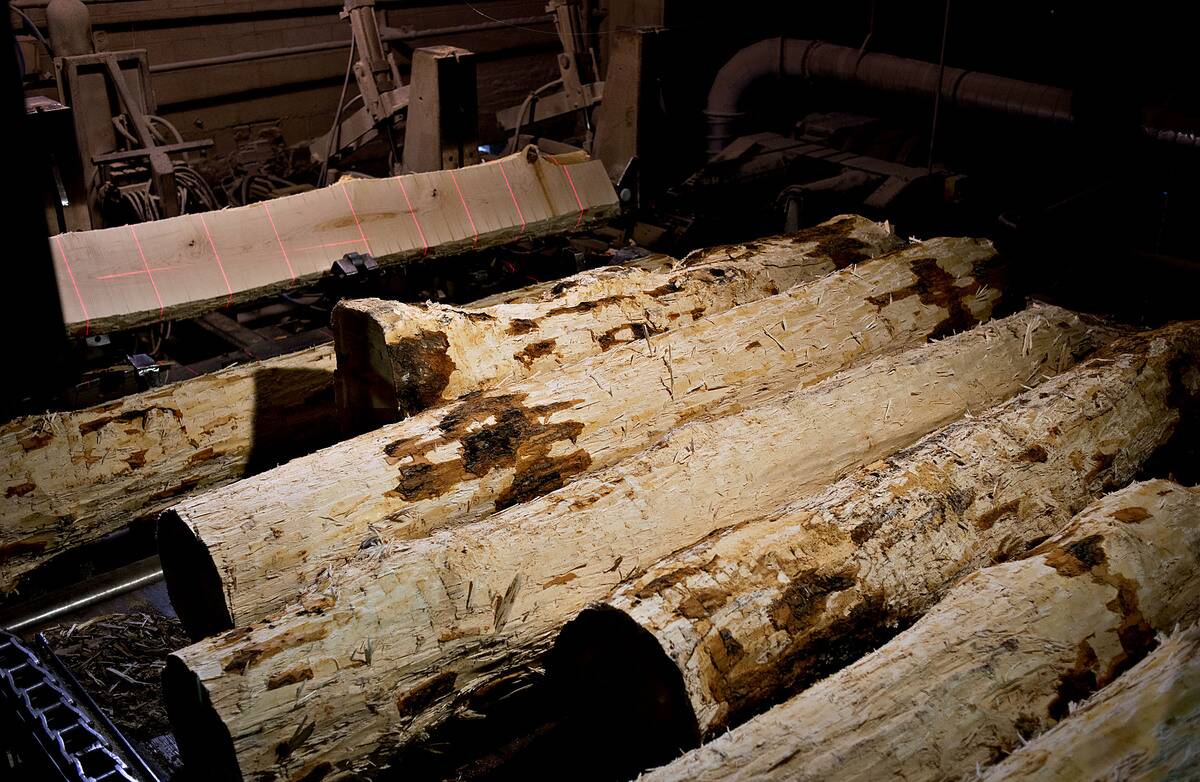
The journey from using logs as rollers to the creation of the wheel was a pivotal moment in human history. Initially, logs were placed under heavy objects to facilitate movement, a technique that laid the groundwork for rotary motion.
Eventually, the idea of attaching a fixed axle to a circular disc emerged, leading to the invention of the wheel as we know it. This evolution was not only a stroke of genius but also a testament to human problem-solving skills.
A Game Changer: How Wheels Revolutionized Transportation
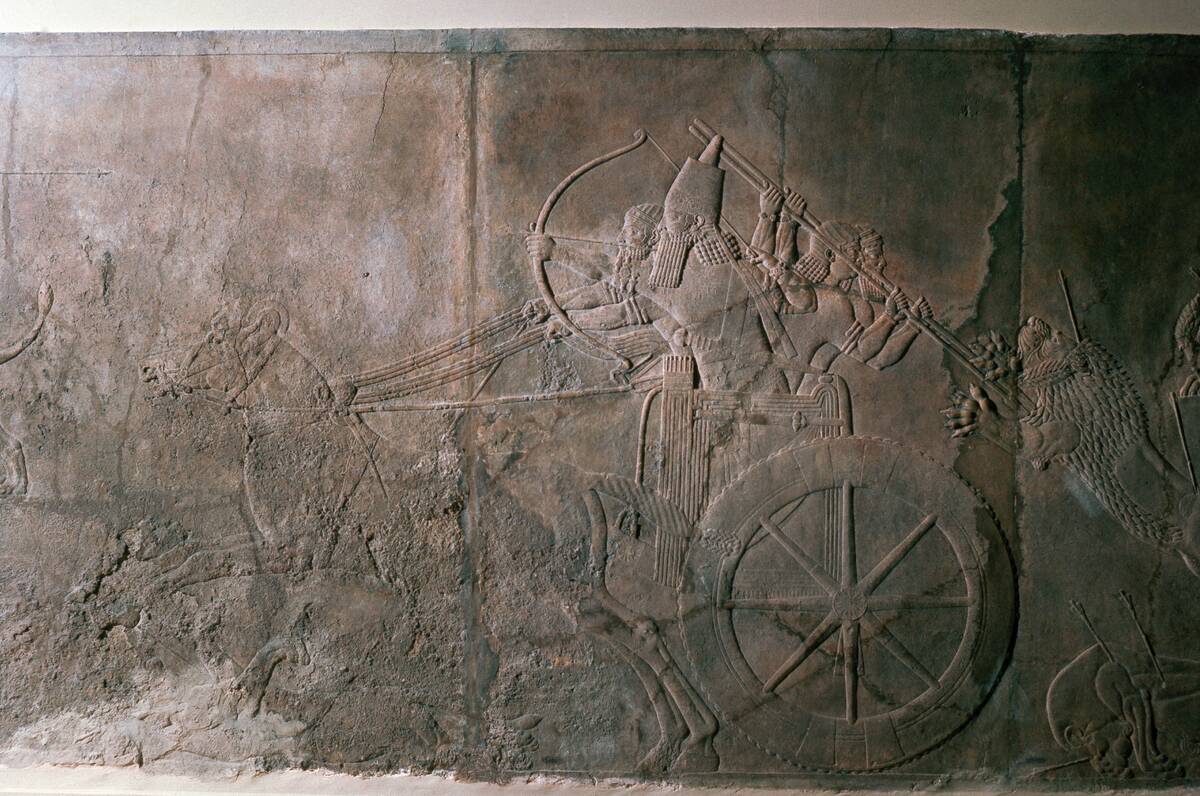
The wheel’s impact on transportation was immense, transforming how people and goods moved across distances. By enabling the creation of wheeled vehicles like chariots and carts, the wheel drastically reduced travel time and effort.
This innovation opened up new trade routes and facilitated cultural exchanges between distant regions. The wheel’s role in transportation was a game-changer, laying the foundation for the interconnected world we know today.
Wheels and Agriculture: Plowing New Paths
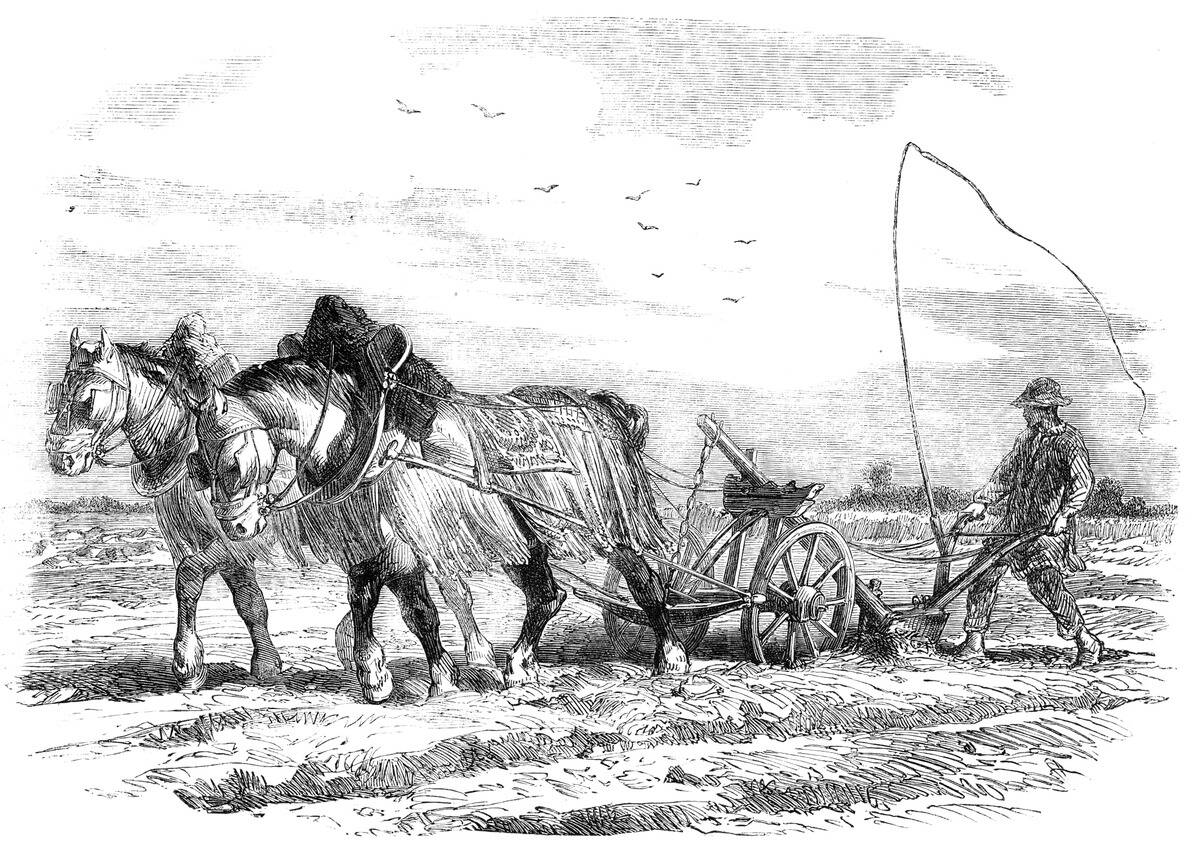
In agriculture, the wheel’s introduction was nothing short of revolutionary. The use of wheeled plows allowed farmers to cultivate larger areas of land with less effort, boosting crop yields and efficiency.
This advancement supported population growth and the development of stable societies. By making farming more productive, the wheel played a critical role in sustaining human civilizations and fostering economic stability.
Building Blocks: Wheels in Construction and Architecture
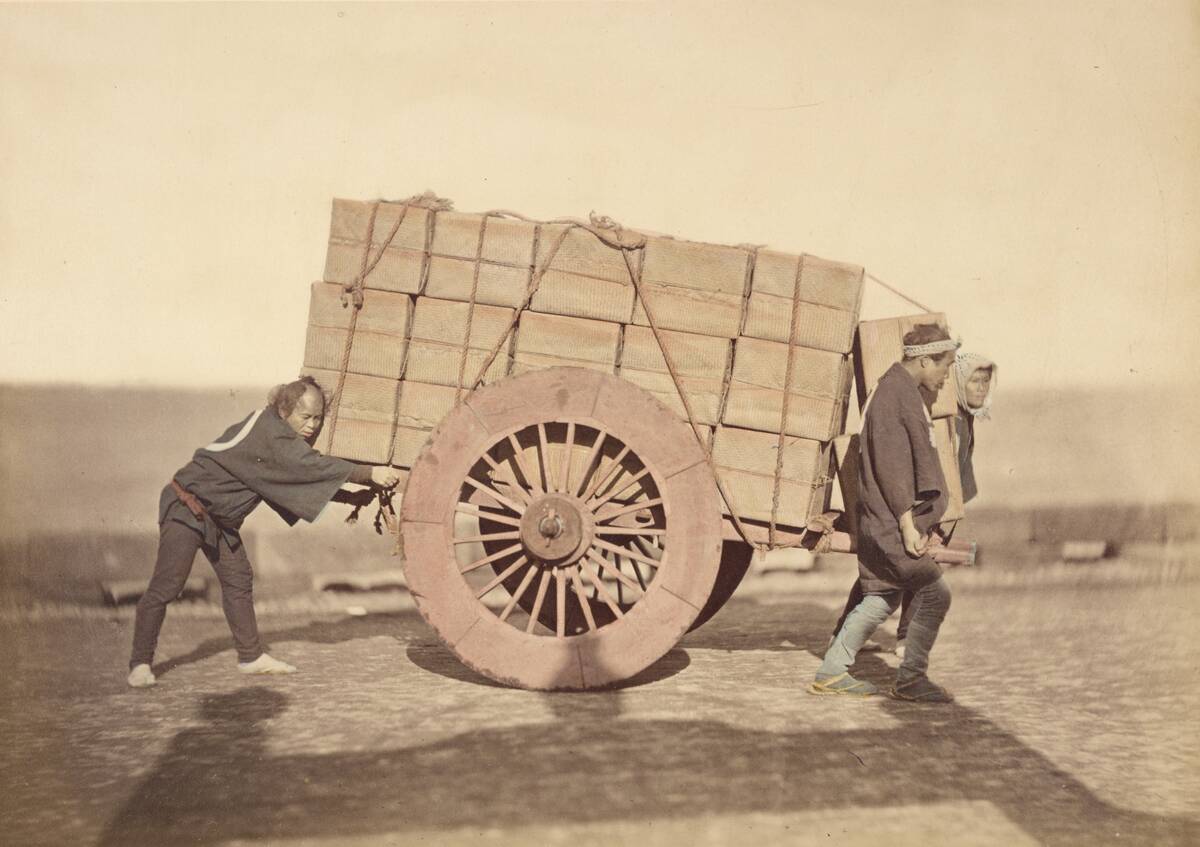
Wheels became invaluable in construction, aiding in the transport of heavy materials like stone and timber. They were integral to building monumental structures, including the pyramids and ancient temples.
The invention of the pulley system, which uses a wheel and axle, further revolutionized construction techniques, making it easier to lift and position heavy loads. This application of wheels underscored their versatility and importance in shaping human environments.
The Trade Revolution: Wheels on the Silk Road
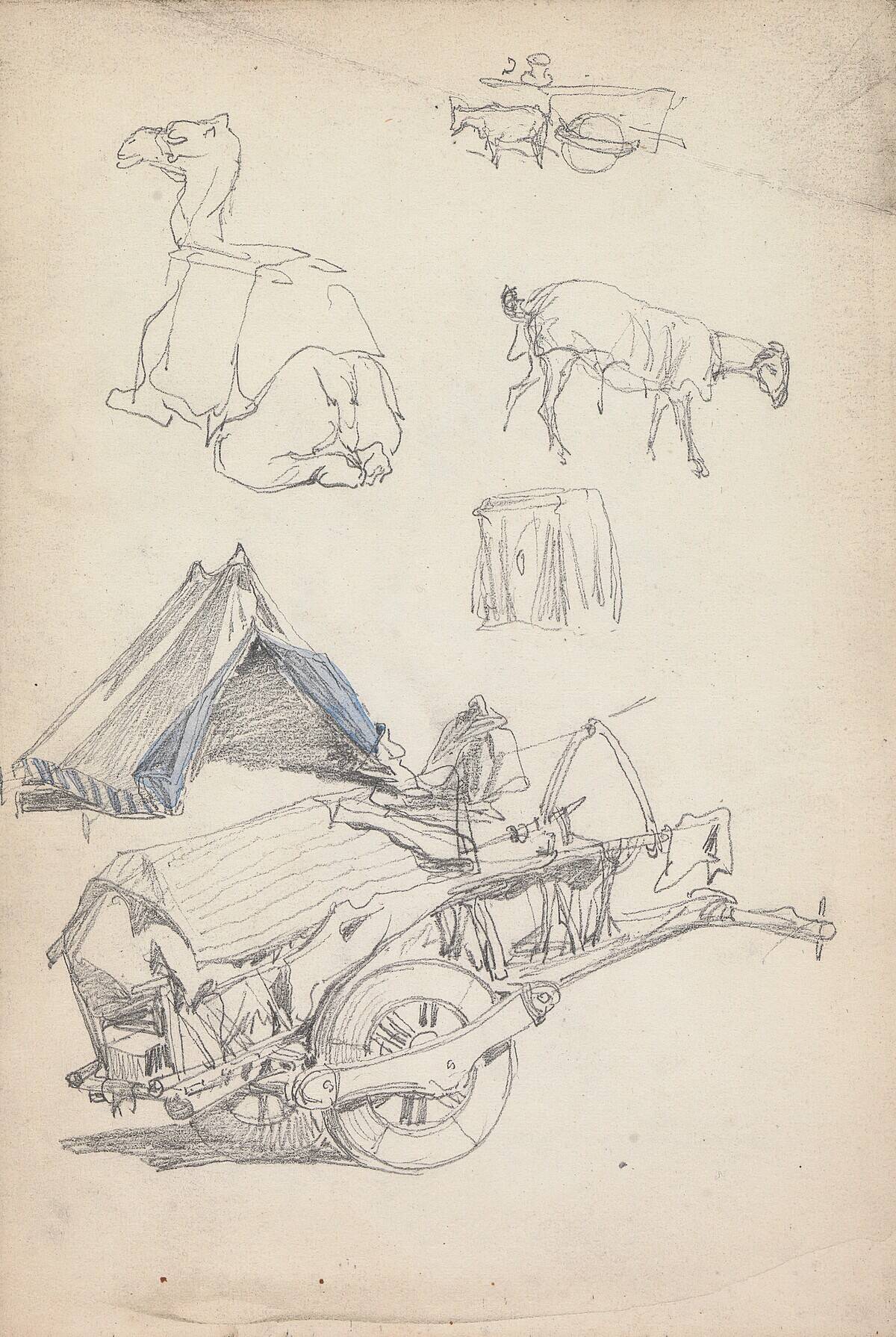
The Silk Road, a network of trade routes connecting the East and West, relied heavily on wheeled vehicles. Carts and wagons transported goods such as silk, spices, and precious metals across vast distances.
The wheel facilitated not only commerce but also cultural exchanges, spreading ideas, art, and technology. This trade revolution was pivotal in shaping the economic and cultural landscapes of ancient civilizations.
Fast Forward: The Wheel’s Impact on Ancient Warfare

In warfare, the wheel’s introduction gave rise to the chariot, a formidable weapon on the battlefield. Chariots provided speed and mobility, giving armies a strategic advantage. They were used in various ancient civilizations, including Egypt and Persia, and played a critical role in battles.
The wheel’s application in warfare demonstrated its versatility and impact on military tactics, altering the course of history in numerous conflicts.
Wheels in Art and Culture: Symbolism and Influence
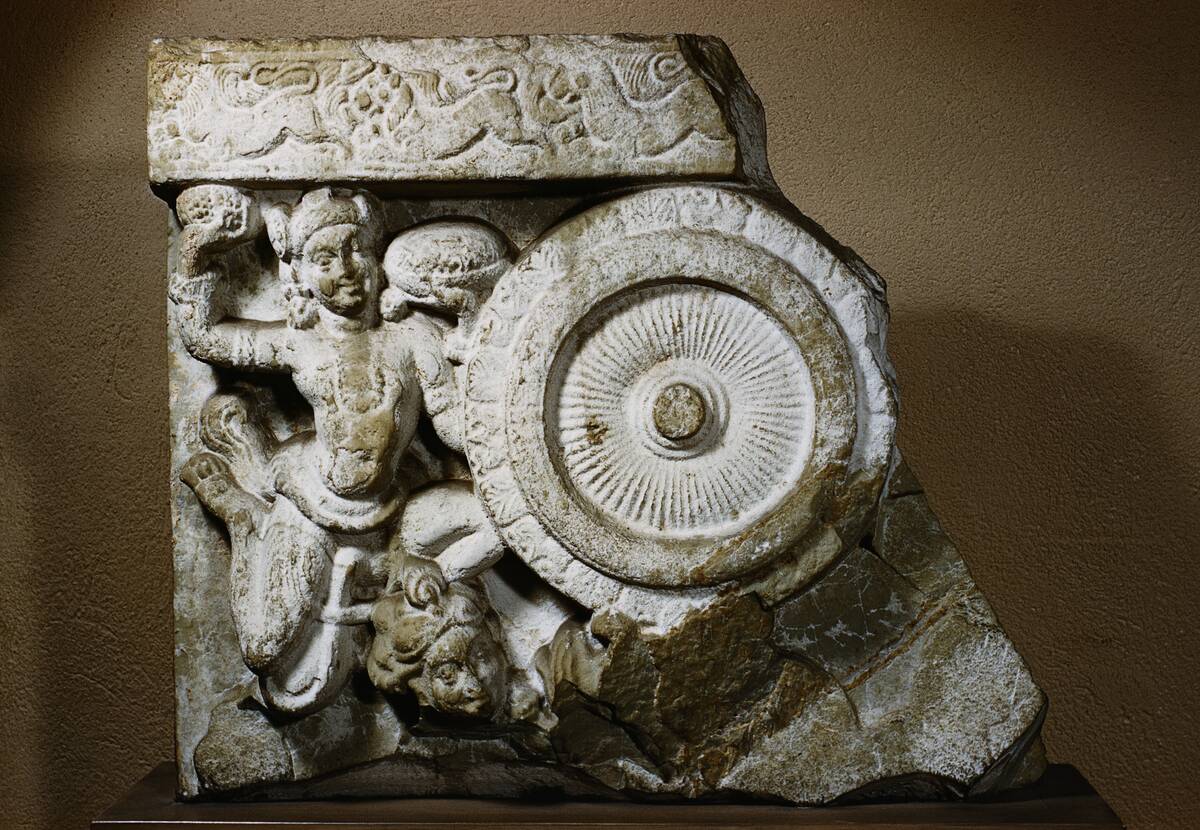
Throughout history, the wheel has been a powerful symbol in art and culture, representing cycles, eternity, and progress. In religions such as Buddhism, the wheel symbolizes the path to enlightenment.
Artists and artisans have incorporated wheels into their works, using them to convey movement and change. The wheel’s cultural significance highlights its influence beyond practical applications, underscoring its role in shaping human thought and expression.
The Wheel Meets the Animal Kingdom: Harnessing Horsepower
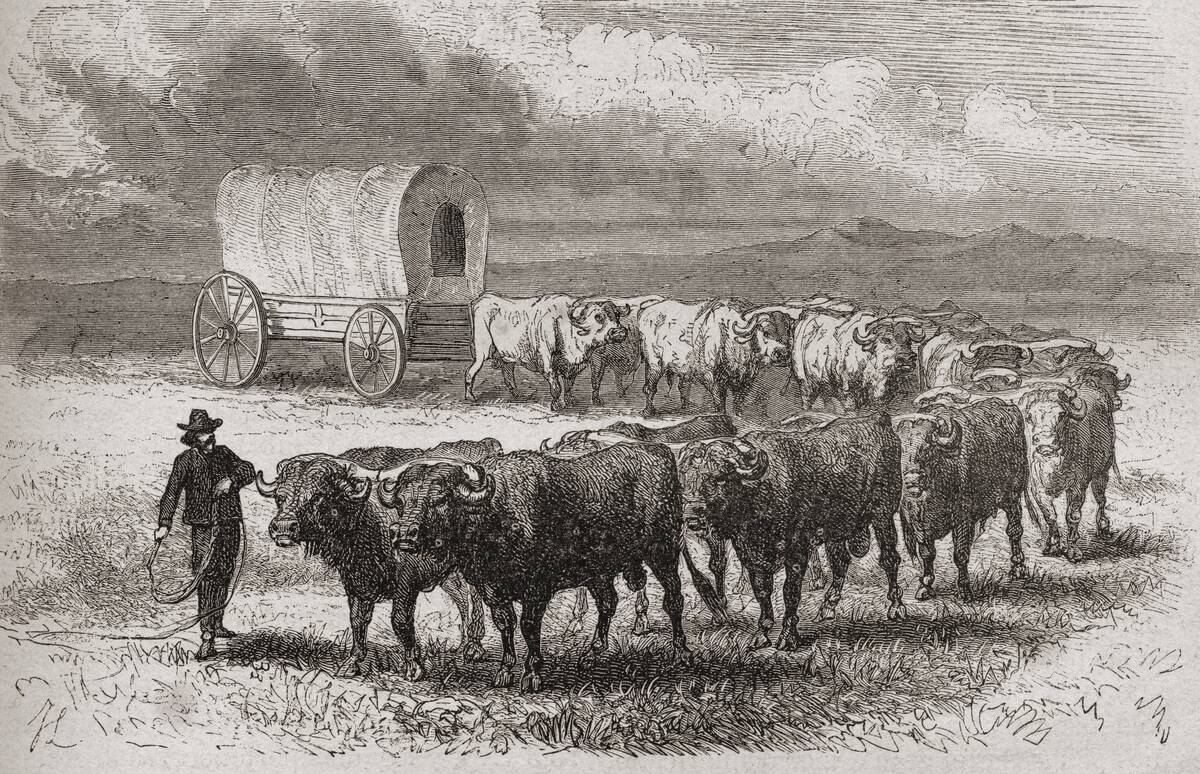
By pairing wheels with domesticated animals, humans unlocked a new level of efficiency. Horse-drawn carriages and oxen-pulled carts became common, dramatically increasing the speed and capacity of land transport.
This innovation expanded trade, facilitated migration, and even influenced warfare strategies. The synergy between wheels and animals was a key driver of economic and social development, showcasing human ingenuity in maximizing available resources.
The Industrial Revolution: Wheels in Machinery
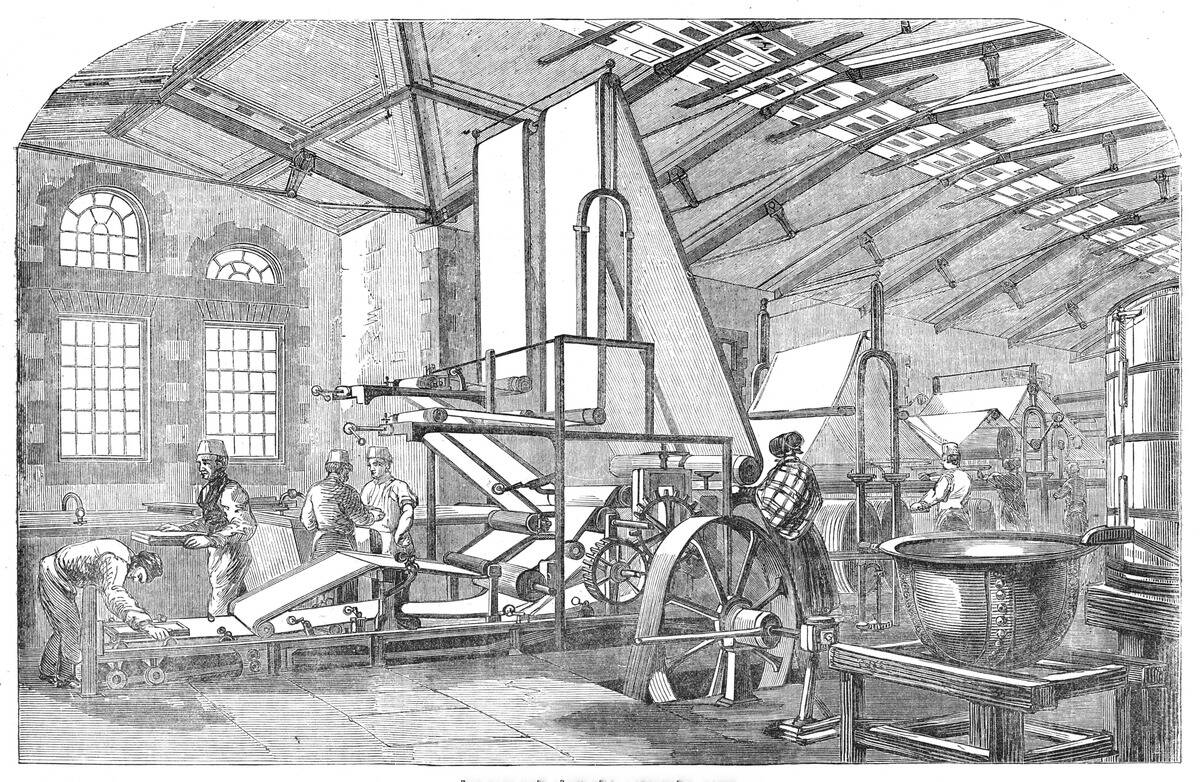
During the Industrial Revolution, wheels took center stage in the development of machinery. They were essential components in steam engines, textile mills, and factories, driving the mass production of goods.
The use of gears and pulleys, both derivatives of the wheel, revolutionized manufacturing processes. This period marked a turning point where wheels became synonymous with industrial progress, propelling societies into the modern era.
On the Road Again: The Advent of the Bicycle
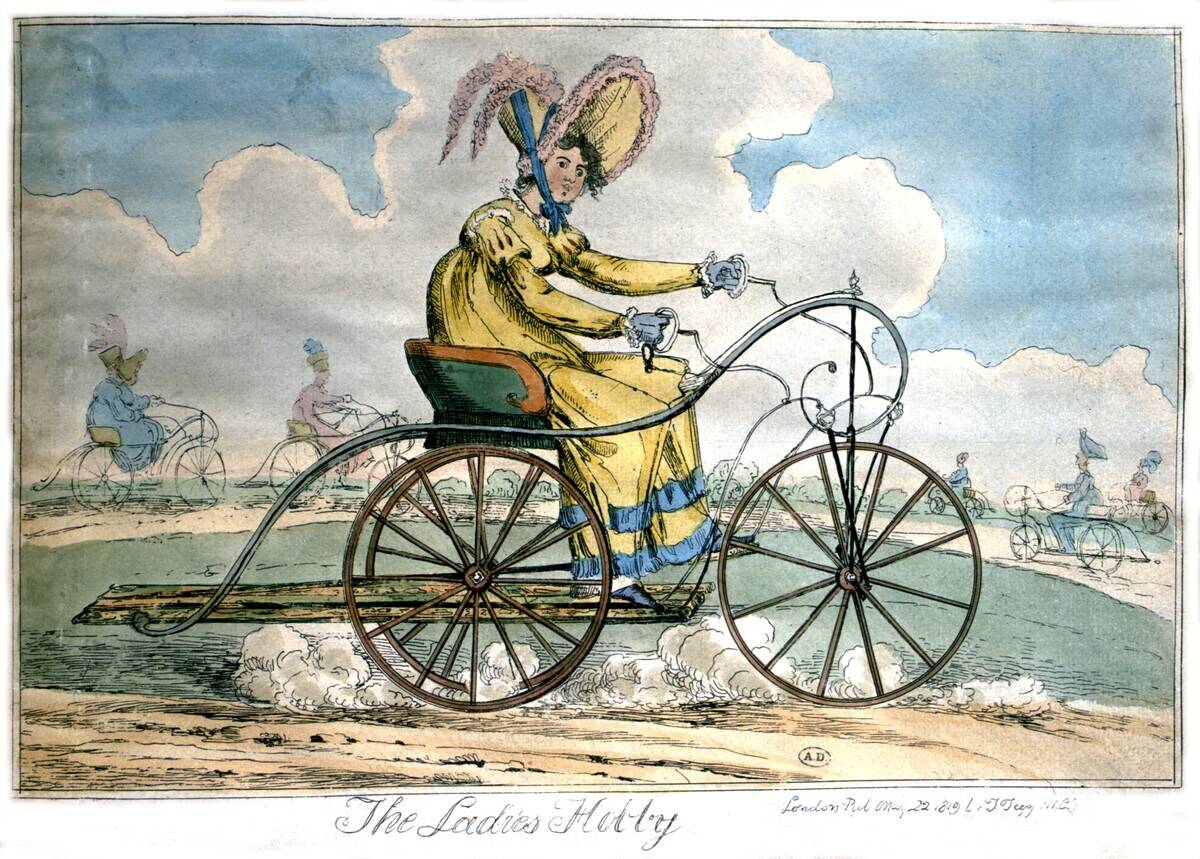
The invention of the bicycle in the 19th century introduced a new form of personal transportation. Bicycles provided an affordable and efficient means of travel, promoting independence and mobility.
They became a symbol of freedom and were instrumental in social movements, including women’s suffrage. The bicycle’s popularity highlighted the wheel’s continued relevance and adaptability in meeting human needs and desires.
Cars, Trains, and Automobiles: Wheels in Modern Transportation
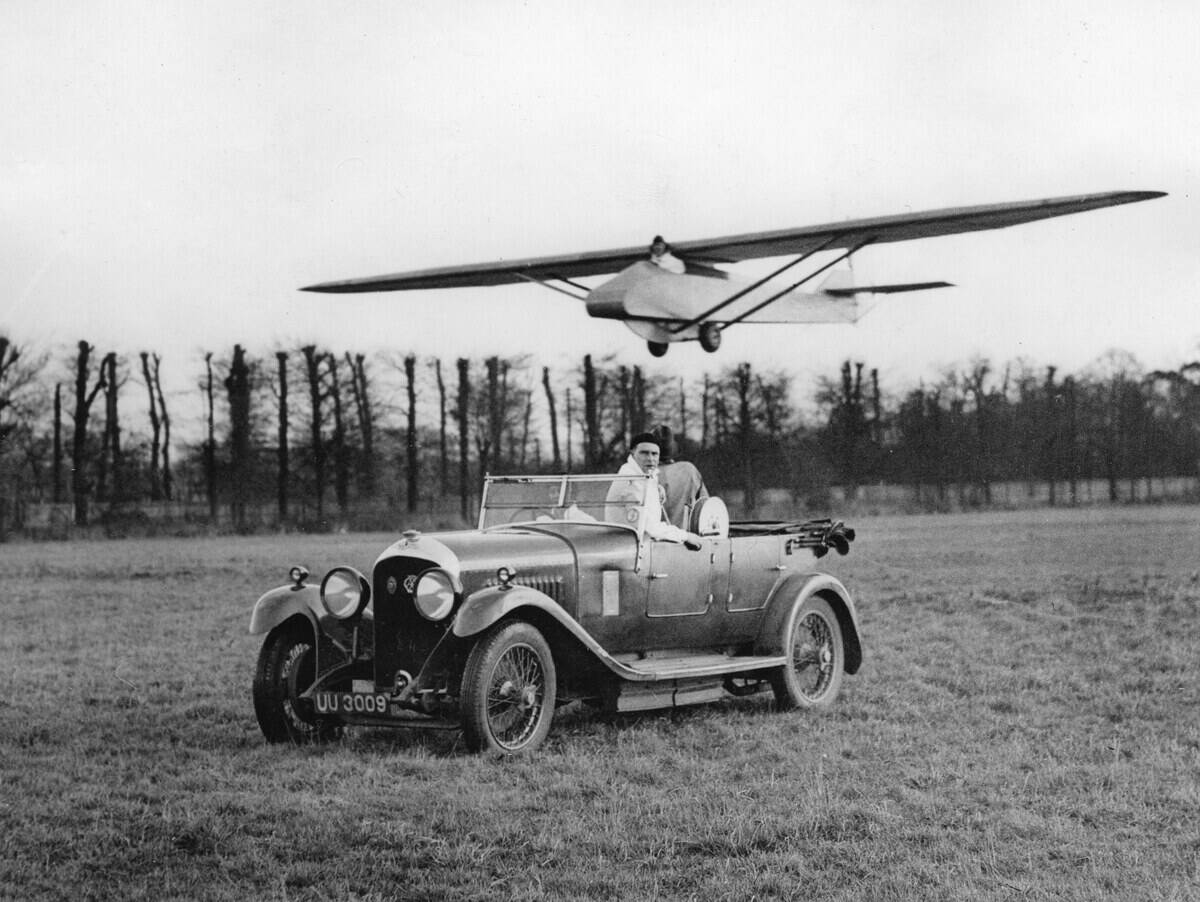
Wheels are fundamental to modern transportation, found in cars, trains, and aircraft landing gear. The automotive industry’s rise transformed urban landscapes and lifestyles, making long-distance travel accessible to the masses.
Trains, with their wheeled carriages, became essential for moving people and goods across continents. The wheel’s application in transportation continues to be a driving force in shaping economies and societies worldwide.
Wheels in the Digital Age: A New Spin on Technology
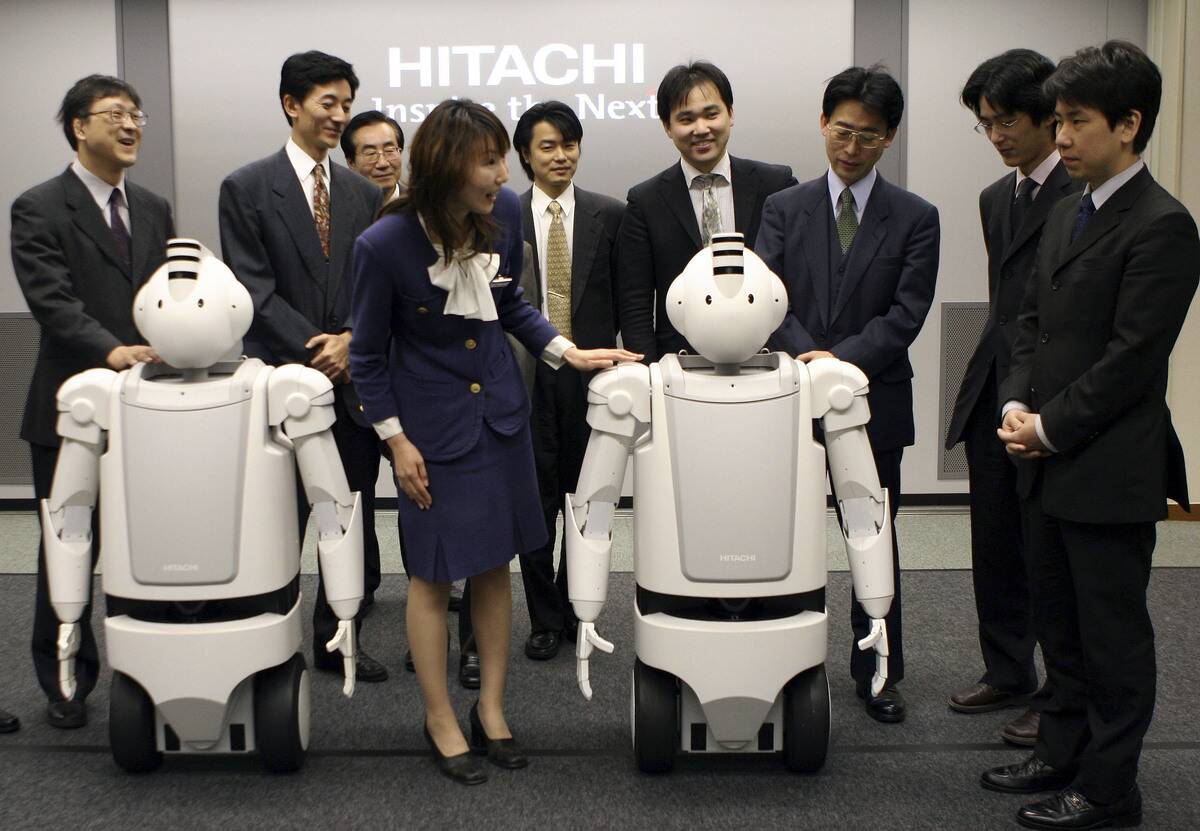
In the digital age, wheels have found new life in technology, from computer hard drives to robotics. The precision and efficiency of wheels are harnessed in devices that automate tasks and improve daily life.
Robotics, in particular, utilizes wheels to enhance mobility and functionality, pushing the boundaries of what machines can achieve. This modern application of wheels underscores their enduring relevance in an ever-evolving technological landscape.
Beyond Earth: Wheels in Space Exploration
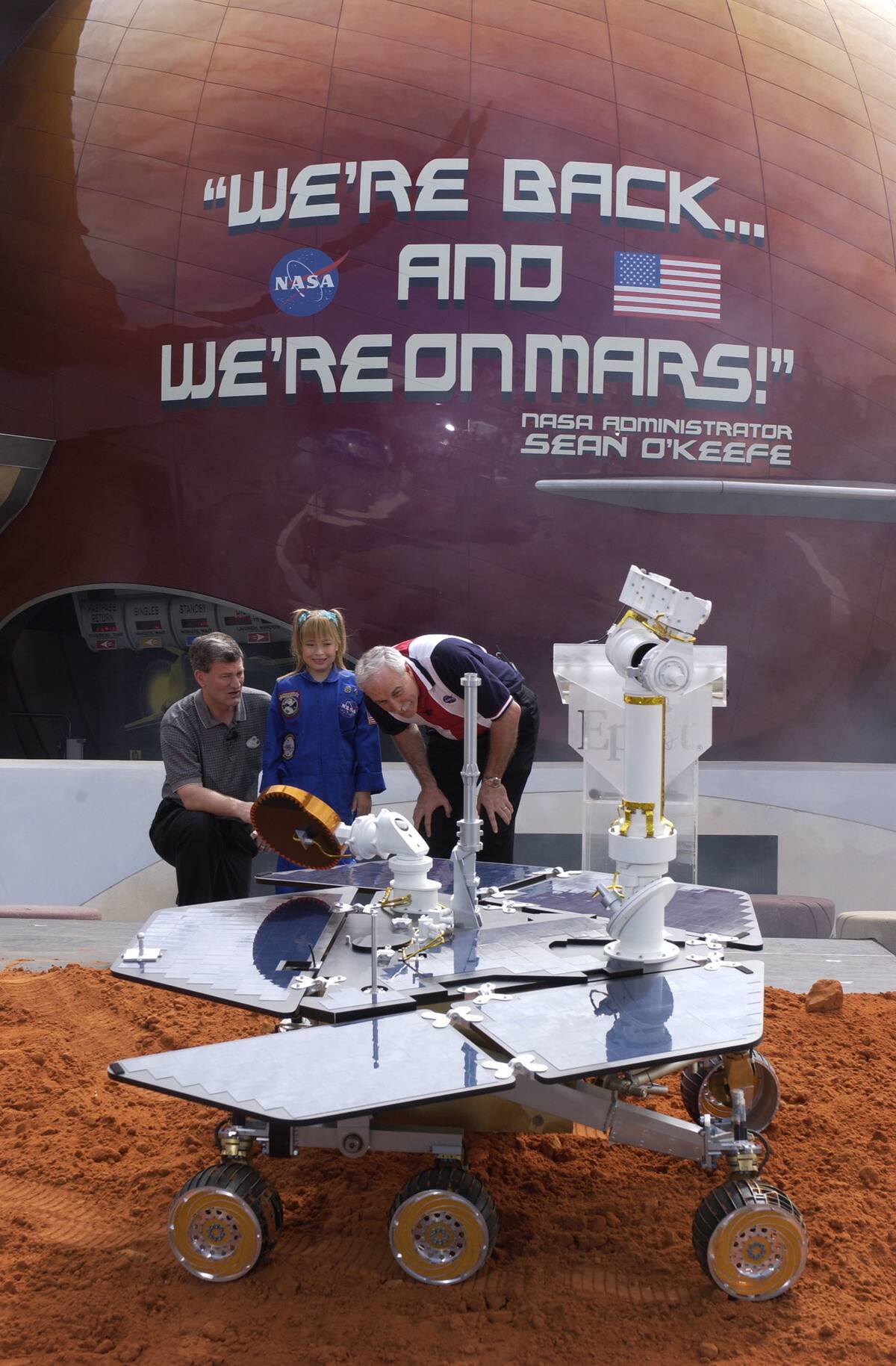
Wheels have ventured beyond Earth, playing a crucial role in space exploration. Rovers equipped with wheels, like those on Mars, enable scientists to explore alien terrains and conduct experiments remotely.
These wheeled explorers gather data and images, providing invaluable insights into our solar system. The wheel’s adaptation for space travel demonstrates its versatility and importance in expanding humanity’s reach into the cosmos.
The Circular Economy: Wheels and Environmental Impact

In the context of the circular economy, wheels contribute to sustainable practices by promoting recycling and reuse. Bicycles and public transport systems help reduce carbon footprints, highlighting the wheel’s role in eco-friendly initiatives.
Innovations in wheel design, such as those in electric vehicles, further enhance energy efficiency. The wheel continues to be an integral part of efforts to balance economic growth with environmental stewardship.
A World Set in Motion: The Wheel’s Enduring Legacy

The wheel’s legacy is evident in its pervasive presence across various facets of life. From ancient times to the present, it has been a catalyst for innovation and progress. Its simplicity and effectiveness have made it a timeless tool, constantly adapting to meet new challenges.
The wheel’s enduring legacy lies in its ability to connect people, ideas, and cultures, continually propelling humanity forward.




